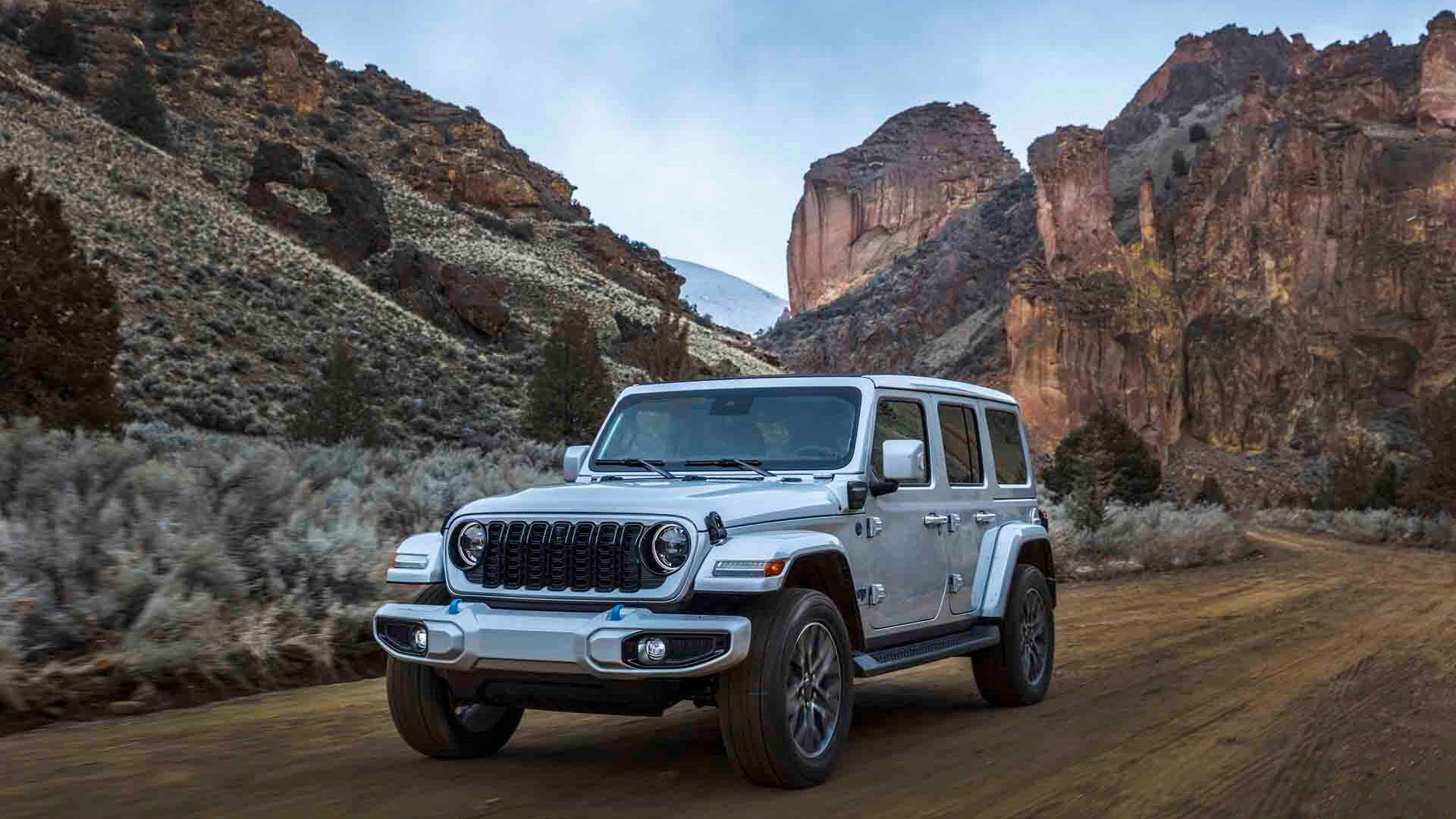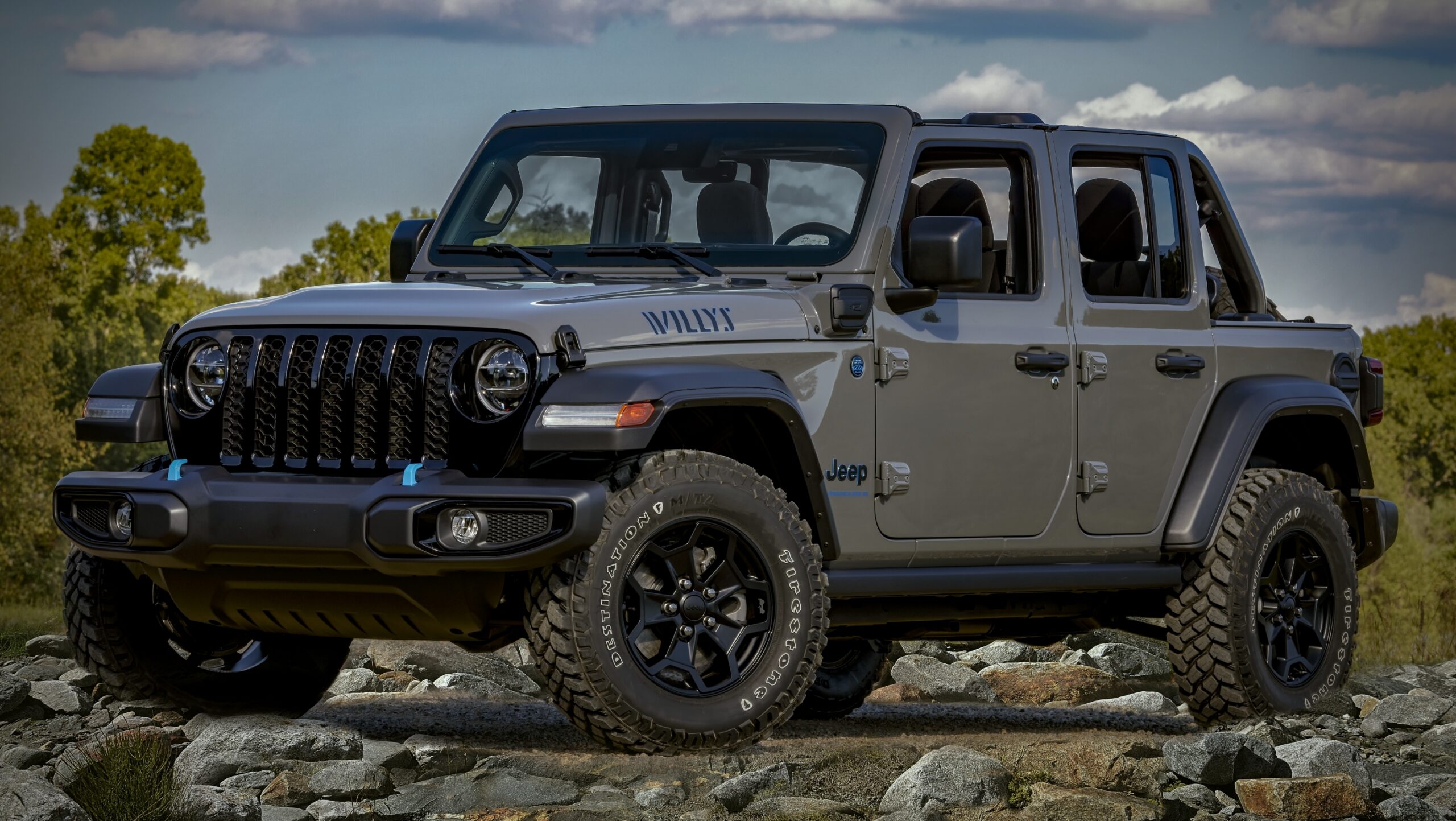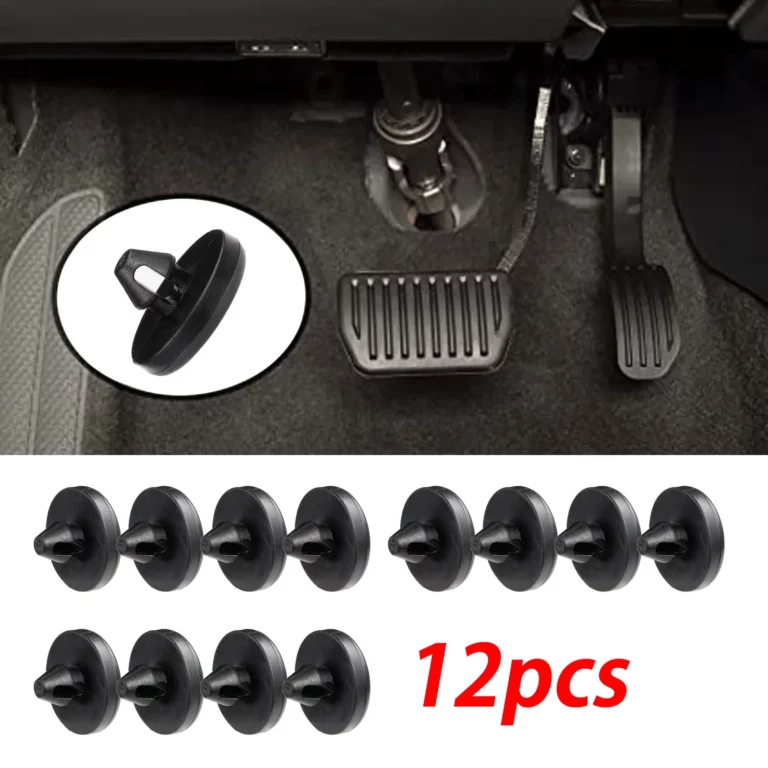Jeep Wrangler 2 Door Cargo Space Dimensions: A Comprehensive Guide
Jeep Wrangler 2 Door Cargo Space Dimensions: A Comprehensive Guide jeeps.truckstrend.com
The Jeep Wrangler 2-Door is an icon, celebrated for its legendary off-road capability, open-air freedom, and unmistakable rugged charm. However, for many prospective and current owners, one of the most frequently scrutinized aspects is its cargo space. Unlike its four-door counterpart, the 2-door Wrangler offers a more compact footprint, making its interior storage dimensions a critical consideration for daily utility, weekend adventures, and extended road trips. Understanding the precise cargo space dimensions, and how to effectively utilize them, is paramount to maximizing the practicality of this adventurous vehicle.
This comprehensive guide will delve deep into the Jeep Wrangler 2-Door’s cargo space, exploring official dimensions, practical considerations, and ingenious ways to make every cubic foot count. Whether you’re planning a challenging trail expedition or simply a trip to the grocery store, mastering your Wrangler’s cargo potential is key to an enjoyable ownership experience.
Jeep Wrangler 2 Door Cargo Space Dimensions: A Comprehensive Guide
Understanding the Numbers: Official Cargo Dimensions
The cargo space in a Jeep Wrangler 2-Door varies slightly between generations, specifically the JK (2007-2018) and the JL (2018-Present) models. It’s crucial to differentiate these, as the methods of folding seats and interior packaging have evolved. The dimensions are typically measured in cubic feet, representing the total volume available.
Jeep Wrangler JK 2-Door (2007-2018) Cargo Dimensions:
- Behind Rear Seats (Rear Seats Upright): Approximately 12.8 cubic feet (362 liters)
- Rear Seats Folded (Behind Front Seats): Approximately 56.5 cubic feet (1,600 liters)
For the JK, the rear seats fold and tumble forward, creating a relatively flat and expansive load floor that significantly increases usable space.
![]()
Jeep Wrangler JL 2-Door (2018-Present) Cargo Dimensions:
- Behind Rear Seats (Rear Seats Upright): Approximately 12.9 cubic feet (365 liters)
- Rear Seats Folded (Behind Front Seats): Approximately 31.7 cubic feet (897 liters)

Notice the significant difference in cargo space when the rear seats are folded between the JK and JL. The JL’s rear seats fold differently, often resting higher and not as flat, which results in a considerably smaller maximum cargo volume compared to its predecessor. This is a critical point for anyone considering a 2-door JL for larger hauling tasks.
Beyond the Cubic Feet: The Practical Reality of Cargo Space
While cubic feet provide a standardized measurement, they don’t tell the whole story. The shape, accessibility, and internal obstructions of the Wrangler’s cargo area significantly impact its practical usability.
The Shape of Things: Tall, Narrow, and Not Always Flat
The 2-door Wrangler’s cargo area is characterized by:
- Relatively Tall: There’s good vertical space, especially with the hardtop on, allowing for stacking items.
- Narrow: The width is limited by the wheel wells and the roll bar structure, which intrude into the cargo area. This means wide items like large flat-screen TVs or certain types of furniture simply won’t fit, regardless of the cubic feet.
- Irregular Floor: Even with seats folded, the floor isn’t perfectly flat, especially in the JL. The JK’s fold-and-tumble mechanism offers a more uniform surface.
- Tailgate Access: The rear door is a swing-gate, opening to the side. This is generally convenient but can be an issue in tight parking spaces or when towing. The rear window often swings up independently, allowing for smaller item access.
Intrusions and Obstacles:
- Wheel Wells: These are the primary culprits for limiting width, especially towards the bottom of the cargo area.
- Roll Bar: The integrated roll bar, essential for safety and structural integrity, can sometimes obstruct the top corners of the cargo area.
- Subwoofer (if equipped): Higher trim levels or optional sound systems may include a subwoofer in the cargo area, typically on the passenger side, further reducing usable space.
- Floor Storage/Jack Kit: Often, the jack and tools are stored under the cargo floor, which is convenient but means you can’t use that space for other items.
Maximizing Your Limited Space: Smart Storage Solutions
Given the inherent limitations, optimizing the 2-door Wrangler’s cargo space requires clever strategies and the right accessories.
1. Think Vertically: Stacking and Organizing
- Soft-Sided Bags: Duffle bags, backpacks, and collapsible coolers are far more adaptable than rigid suitcases, allowing you to squeeze them into irregular spaces.
- Cargo Nets and Barriers: These are invaluable for preventing items from sliding around or falling forward into the passenger compartment, especially during off-road excursions or sudden stops.
- Stacking Bins/Crates: If you have items that can be stacked, consider modular storage bins that fit snugly.
2. Utilize Under-Seat and Behind-Seat Spaces
- Under-Seat Storage Trays: Many aftermarket solutions exist for storage trays that slide under the front seats, perfect for small, valuable items like cameras, electronics, or recovery gear.
- Seat Back Organizers: These hang from the front seatbacks and provide pockets for maps, snacks, and small items, keeping them easily accessible.
3. Tailgate and Side Panel Solutions
- Tailgate Organizers/Bags: Aftermarket solutions allow you to attach pouches, Molle panels, or even small tables to the inside of the tailgate, utilizing often-wasted space for tools, first-aid kits, or small essentials.
- Side Panel Storage: Some owners install custom panels with attachment points (like Molle systems) on the interior side walls to mount smaller bags or accessories.
4. Strategic Packing: A Skill to Master
- Heavy Items Low and Forward: Place heavier items as low as possible and closer to the center of the vehicle to maintain a lower center of gravity, which is crucial for handling, especially off-road.
- Pack in Reverse Order of Need: Items you’ll need first (e.g., recovery gear, rain gear) should be packed last, making them easily accessible.
- Fill Gaps: Use smaller, soft items like blankets, towels, or clothing to fill the irregular gaps created by wheel wells or other obstructions, preventing items from shifting.
External Solutions: Expanding Beyond the Interior
When interior space simply isn’t enough, the Wrangler offers excellent external expansion options.
1. Roof Racks: The Overhead Solution
- Types: Gutter-mounted, hardtop-mounted, or body-mounted roof racks are available. Gutter-mounted racks are often the easiest to install on hardtops.
- Capacity: Ideal for bulky, lighter items like kayaks, paddleboards, camping gear, spare tires, or recovery boards.
- Considerations: Increases vehicle height (important for garages and low overhangs), affects fuel economy, and can be noisy. Requires careful loading to avoid damaging the roof or rack.
2. Hitch-Mounted Cargo Carriers: The Rearward Extension
- Types: Platform carriers, basket carriers, or enclosed cargo boxes that slide into the receiver hitch.
- Capacity: Excellent for coolers, muddy gear, generators, or additional luggage. They keep dirty items outside the cabin.
- Considerations: Adds to the vehicle’s overall length, can obscure the license plate or taillights (requiring additional lighting), and might limit tailgate access depending on the carrier type.
3. Trailers: For the Ultimate Haul
- Utility Trailers: When you need to move large volumes of gear, furniture, or construction materials, a small utility trailer is the most practical solution.
- Camping/Off-Road Trailers: Dedicated off-road trailers are designed to follow the Wrangler wherever it goes, providing ample storage for extended trips and often integrated kitchens or sleeping quarters.
- Towing Capacity: Be mindful of the 2-door Wrangler’s towing capacity (typically around 2,000 lbs for JK, 3,500 lbs for JL with proper equipment) and ensure your loaded trailer stays within safe limits.
The Top Factor: How Your Roof Affects Cargo
The Wrangler’s removable top isn’t just about open-air driving; it also influences cargo accessibility and security.
- Hardtop: Offers the most secure and weather-tight cargo area. The rear glass window can be opened independently for quick access to smaller items, or the entire swing-gate can be opened for larger loads. Compatible with most roof racks.
- Soft Top: Provides incredible flexibility. You can quickly fold down the top, making it easier to load tall or awkwardly shaped items from above. However, it offers less security and weather protection for your gear, making cargo covers or lockable storage essential. Roof racks are generally more limited or require specific soft-top compatible designs.
- No Top/Sunrider: With the top completely removed or folded back, you have maximum vertical clearance, but absolutely no security or weather protection. This is best for short trips or when you’re confident in the weather and security of your parking location.
Security and Protection: Keeping Your Gear Safe
Given the open-air nature of the Wrangler, securing your cargo is paramount.
- Lockable Storage Boxes: Many aftermarket companies offer lockable storage boxes or drawers that fit precisely into the Wrangler’s cargo area, providing secure storage for valuables.
- Cargo Covers: A simple fabric cargo cover can hide your belongings from prying eyes, offering a visual deterrent.
- Weatherproof Containers: For soft top or no-top situations, use waterproof bags or containers to protect your gear from rain, dust, and mud.
Table: Jeep Wrangler 2 Door Cargo Space Dimensions Comparison
| Model Generation | Configuration | Cargo Volume (Cubic Feet) | Cargo Volume (Liters) | Notes |
|---|---|---|---|---|
| JK (2007-2018) | Rear Seats Upright | ~12.8 cu ft | ~362 L | Limited space for daily essentials. |
| Rear Seats Folded | ~56.5 cu ft | ~1,600 L | Seats fold and tumble forward, creating a relatively flat and expansive load floor. Significantly more space than JL when seats folded. | |
| JL (2018-Present) | Rear Seats Upright | ~12.9 cu ft | ~365 L | Similar to JK with seats up. |
| Rear Seats Folded | ~31.7 cu ft | ~897 L | Seats fold flatter but do not tumble as far forward as JK, resulting in less maximum cargo volume. Floor is not entirely flat. |
(Note: These are manufacturer-reported or widely cited dimensions. Actual usable space can vary slightly based on trim, optional equipment like subwoofers, and how items are packed.)
Frequently Asked Questions (FAQ)
Q1: Is the 2-door Wrangler’s cargo space enough for a family?
A1: For a small family (e.g., two adults and one small child), it can be manageable for daily errands, but for longer trips or multiple passengers, the cargo space will be very limited. Most families opt for the 4-door Wrangler (Unlimited) for its significantly larger interior and cargo capacity.
Q2: Can I fit a full-size suitcase in the back of a 2-door Wrangler with the seats up?
A2: It’s a tight squeeze. You might fit one medium-sized suitcase lying flat or two smaller carry-on sized bags upright, depending on the specific dimensions of the bags and the presence of a subwoofer. Large, hard-shell suitcases are challenging. Soft-sided bags are always a better choice.
Q3: How much does a roof rack reduce fuel economy?
A3: A roof rack, especially when loaded, creates additional aerodynamic drag. This can reduce fuel economy by 5-25% depending on speed, rack design, and the size/shape of the items being carried. Removing the rack when not in use is recommended for optimal efficiency.
Q4: Are there secure storage options for the 2-door Wrangler?
A4: Yes, numerous aftermarket companies offer lockable under-seat storage boxes, cargo area security enclosures, and tailgate safes specifically designed for the 2-door Wrangler. These are highly recommended for protecting valuables, especially if you frequently remove your top.
Q5: What’s the biggest difference in cargo space between the JK and JL 2-door models?
A5: The most significant difference is when the rear seats are folded. The JK 2-door offers substantially more cargo volume (around 56.5 cu ft) with its fold-and-tumble seats, compared to the JL 2-door’s approximately 31.7 cu ft, where the seats fold flatter but don’t create as much overall volume or a truly flat load floor.
Conclusion
The Jeep Wrangler 2-Door’s cargo space, while compact, is an integral part of its adventurous spirit. Understanding its precise dimensions, acknowledging its limitations, and employing smart packing and external solutions can transform it from a minor inconvenience into a manageable and even efficient storage system. Whether you’re a minimalist adventurer, a weekend warrior, or someone who simply loves the unique character of the 2-door Wrangler, mastering its cargo potential ensures that your gear doesn’t hold you back from your next great escape. Embrace the challenge, plan strategically, and your 2-door Wrangler will continue to deliver the freedom and capability you crave, without leaving essential gear behind.






